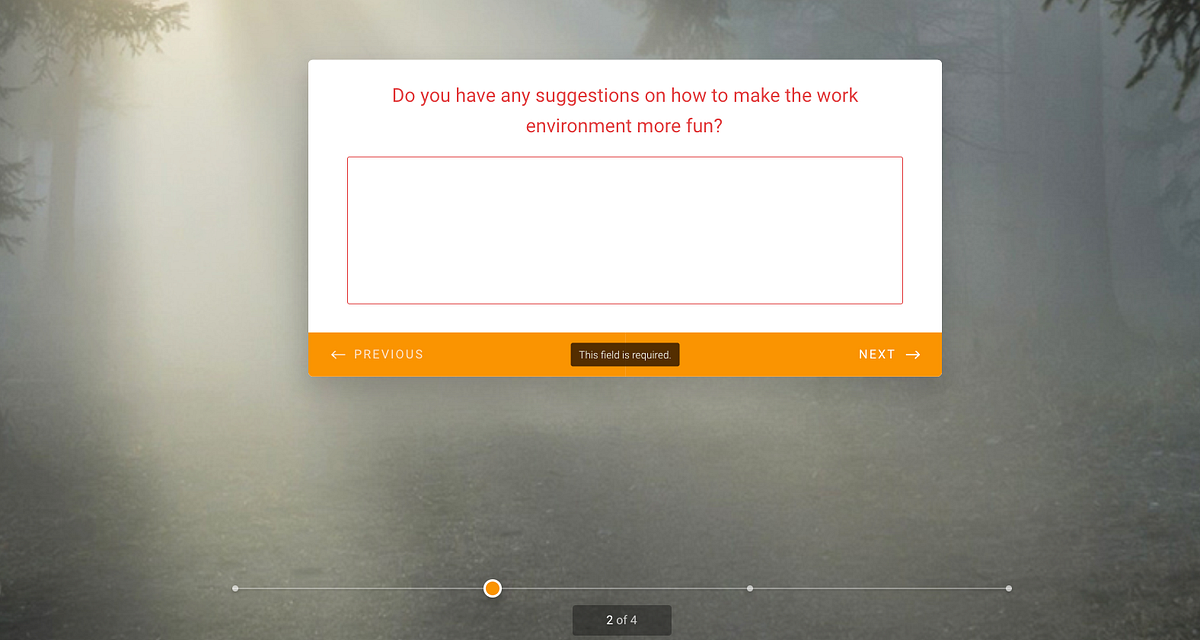You may love your job — but would you keep doing it if your salary were suddenly slashed in half?
That’s what Hubbl employees did when founder Archana Patchirajan tried to let them all go when her startup ran out of funds. So loyal were they to their founder and company that they refused to leave and insisted on working for 50% of their pay instead. A few years later, the company was sold for $14 million.
As Harvard Business Review contributor Emma Seppälä explains, Patchirajan wasn’t just any boss — she was invested in her employees’ achievements and had a personal relationship with each of them. It garnered the kind of devotion that her startup needed to weather a particularly low point and go on to great success.
Patchirajan’s story serves as a reminder of the new model of leadership that’s increasingly vital in today’s competitive, and sometimes volatile, market. What’s more, with the COVID-19 pandemic creating ripples of anxiety throughout the workforce and requiring many employees to work remotely, effective leadership has never been more important.
The best bosses have figured out how to inspire high levels of collaboration, entrepreneurship, creativity, and engagement. Here, five simple strategies for doing the same within your organization.
1. Treat employees as unique individuals
You probably know Zappos as an online shoe company, but it’s also consistently ranked as one of the best places to work. At Zappos, CEO Tony Hsieh rejects the old work-life versus personal life separation and makes an effort to get to know employees as individuals. He explained:
“We want the person to be the same person at home or in the office because what we’ve found is that’s when the great ideas come out, that’s when their creativity shines and that’s when true friendships are formed — not just coworker relationships. When people are in that environment, that’s when the passion comes out and that’s really what’s driven a lot of our growth over the years.”
Treating employees as unique individuals not only signals that you care about them as humans, which, in turn, inspires loyalty, it also benefits the entire organization. When people feel they can be themselves, they’re more engaged, and engaged workers are more productive and creative. They’re also less likely to leave the company — in one Gallup survey, organizations whose employees reported high engagement had 25% to 65% less attrition than their peers.
2. Get out of the way
Harvard Business Review contributor Deb Mills-Scofield had a long, successful career with Bell Labs. Sharing some lessons from her best bosses over the years, Mills-Scofield writes:
“Guide your people’s passion and get out of the way: the autonomy and freedom I was given to create and do my job exponentially increased my passion, excitement and success.”
As decision-makers, we’re passionate about our businesses. Sometimes, it’s difficult to hand over the reins to our employees, and trust that they’ll do as good as (or better than) we would. But unless we do so, they’ll never have room to do their best work. And nothing snubs out motivation like a persistent micromanager.
Give your employees autonomy instead: assign projects and let your employees figure out how to complete them. Offer your support and resources only as needed. As Mills-Scofield explains:
“My manager-mentors made sure my passions aligned with organizational direction, gave me some high-level boundaries, resources, and introductions to make it happen.”
3. Solicit employee input — and really listen
Listening might be the most underrated soft skill for leaders. It’s crucial to listen in all directions: to your partners, investors, customers, and employees. And though an open-door policy is a great way to encourage employees to come to you with questions, issues, and feedback, I’d recommend going one step further and taking a proactive approach.
Feedback forms, for example, are a simple and straightforward method for gathering information from employees. When I’m trying to determine employee sentiment on something, I’ll usually browse our feedback form templates, find one that meets my objectives and then customize it. For example, I recently used a form to gauge whether employees found a training session useful. Their comments were insightful and helped us to organize the follow-up training sessions.
My goal with an Employee Feedback Form is to identify an employee’s needs, with an eye toward boosting their productivity, creativity, and satisfaction. It includes questions like:
Do you have any ideas on what the customers say about our services?
What are the things, culture, environment, or policy you would like to change? Please identify them below together with an explanation.
Do you have any ideas on how you would like to be rewarded for a job well done?
And remember: once you collect the information, figure out how to translate that knowledge into new strategies and action items.
4. Ditch the old performance review format
It’s no secret: everyone likes to know how they’re doing. You might be surprised to learn that a recent Society for Human Resource Management survey of managers in the U.S. found that only 2% provide ongoing feedback to their employees. Let that sink in: 98% of managers do not provide ongoing feedback!
The issue may stem from the typical formal review process: a nerve-racking annual sit down which entails a systematic listing of an employee’s strengths and weaknesses. Having sat on both sides of those conversations, I can assure you: they’re not pleasant for either side.
That’s why I’ve ditched the old annual review format and instead, have regular dialogues with all of our employees. We take walks outside of the office, during which we’ll discuss anything from work issues to travel plans. We have small group lunches where we can touch base on projects and I provide high-level guidance.
Of course, we have structured meetings, too. But with these regular, ongoing conversations, I think our employees are never in the dark about how they’re doing.
5. Articulate (and rearticulate) your vision
Let’s assume you have a great team. You made fantastic hiring decisions and assembled a talented group of individuals to whom you can confidently delegate the lion’s share of your organization’s duties.
It still falls on the CEO to continually remind employees of their larger mission and purpose. That’s what keeps employees engaged and motivates them to push on through even the tedious parts of their jobs. Employees want to feel that they’re contributing to a larger, more meaningful purpose, outside the four corners of their daily tasks.
Bestselling author and Dartmouth College professor Sydney Finkelstein writes:
“Articulate a clear purpose that fires your team up, set expectations high, and convey to the group that you think they’re capable of virtually anything.”
And that’s what the best bosses do: through their actions and words, they make their teams believe that together, they can accomplish anything.
















Send Comment: